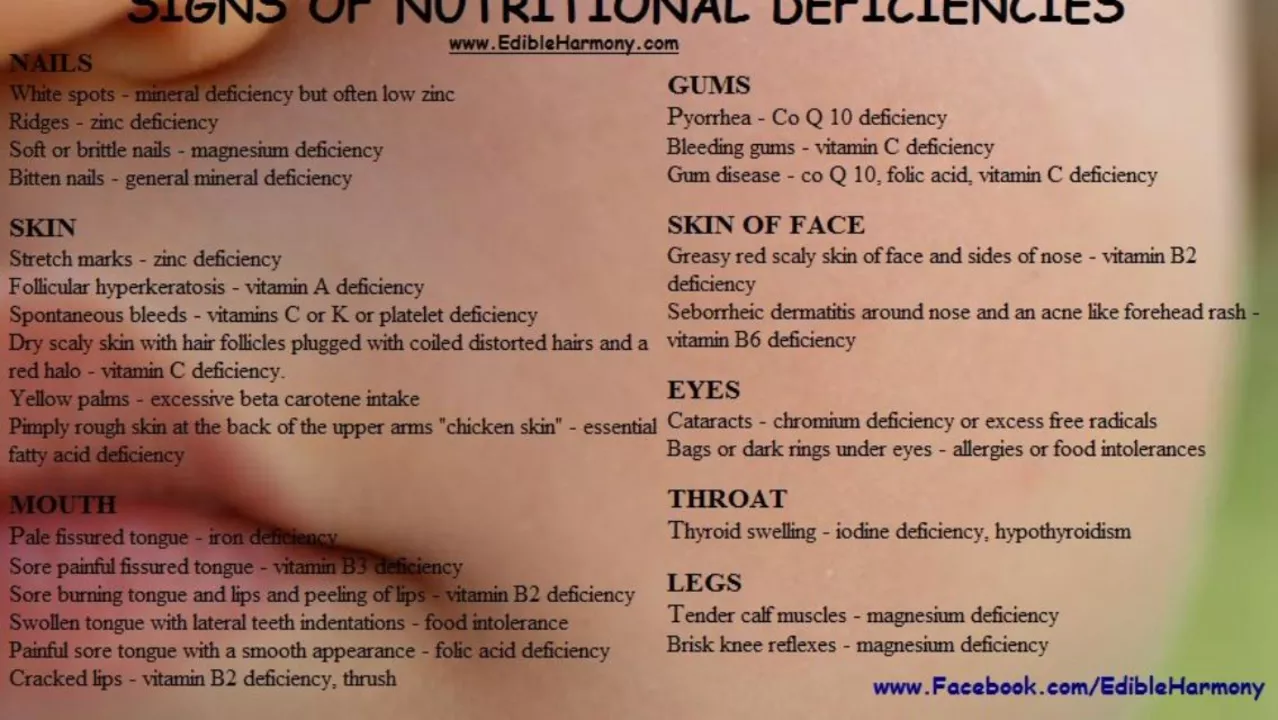Signs: Spot Symptoms, Side Effects, and When to Act
Early signs matter. A small symptom can be a mild issue or the start of something serious. Learn to tell the difference so you act fast without panicking. This page collects our posts about signs — from drug side effects to disease symptoms — and explains how to read warning signals, check risks, and decide what to do next.
What is a sign versus a symptom?
A sign is something a clinician can observe, like a rash or fever. A symptom is what you feel, such as pain or dizziness. Both matter. Tracking changes over time gives more clues than a single snapshot. Note onset, severity, triggers, and anything that makes the issue better or worse.
Common medication warning signs to watch for include sudden breathing trouble, chest pain, severe rash, confusion, fainting, and signs of liver problems like yellowing skin or dark urine. Minor issues such as mild nausea or headache can happen with many drugs, but they need review if they persist or intensify. If you find new symptoms after starting a medicine, check the drug's side effect profile and contact a clinician before stopping the medication abruptly.
When to seek help
Call emergency services for life-threatening signs: difficulty breathing, severe chest pain, sudden weakness on one side, severe allergic reaction with swelling and hives, or loss of consciousness. See a doctor within 24 to 48 hours for worsening symptoms, persistent fever, uncontrolled pain, or new neurological signs. For milder problems, schedule a routine visit or use a trusted symptom checker to prep questions for your clinician.
How to track signs effectively. Keep a simple log with date, time, symptom description, intensity (1–10), and any medicines or activities beforehand. Add photos for rashes or swelling. Share this note with your provider — it speeds up diagnosis and saves time. For chronic conditions, tracking patterns helps adjust treatment and spot early flares.
Use this tag to find related reads like drug comparisons, side effect guides, and condition-specific warning signs. Examples: articles on inhaler onset times, acetaminophen for chronic pain, and dementia medication effects highlight how small signs guide better care. You’ll also find reviews about online pharmacies and safety tips for buying medications.
Practical tips. Don’t ignore new symptoms after changing doses or adding a medicine. Read patient leaflets and ask your pharmacist about common reactions. If worried about an online source or a pill you bought, compare packaging, check active ingredients, and consult reliable drug databases.
If you need quick checks, use symptom checkers listed in our articles, compare side effects on drug monographs, call your local poison control for suspected overdose, and keep emergency numbers handy. Routine questions suit your pharmacist; urgent problems need a clinician right away. Save this tag and return when a new sign appears. Act early, ask questions.
Keeping track of signs can prevent harm and clarify next steps. Use the tools on this site, take notes, and reach out to professionals when you see worrying changes.

